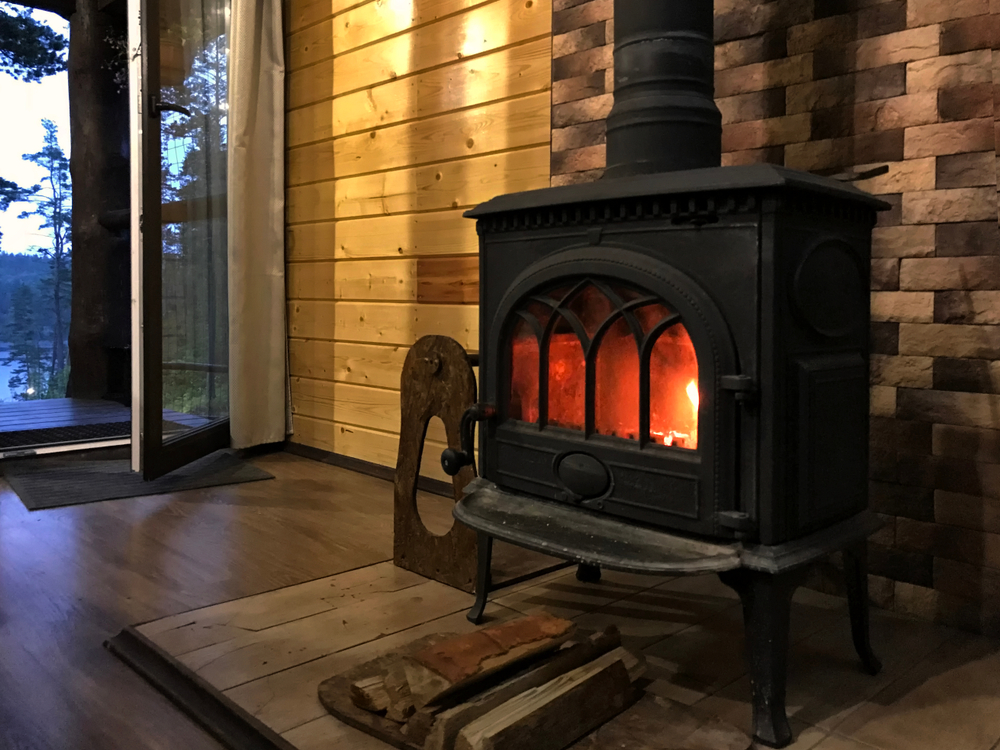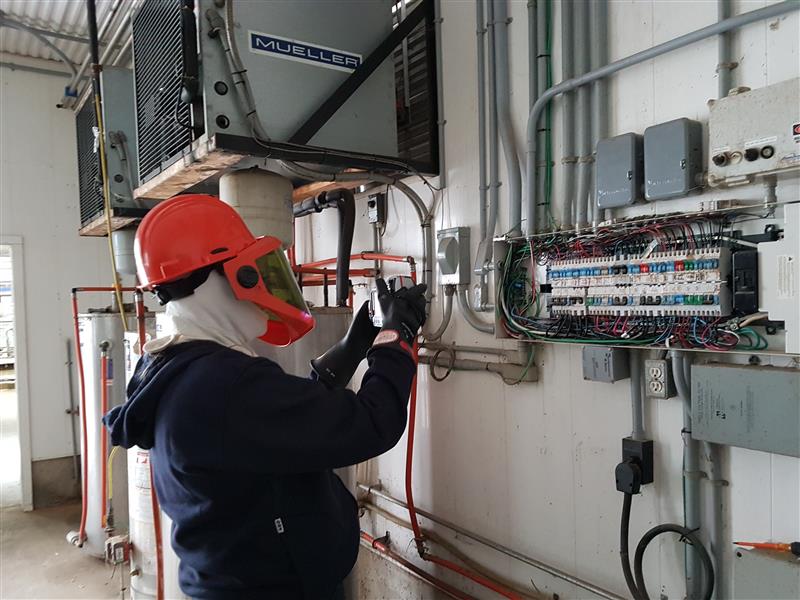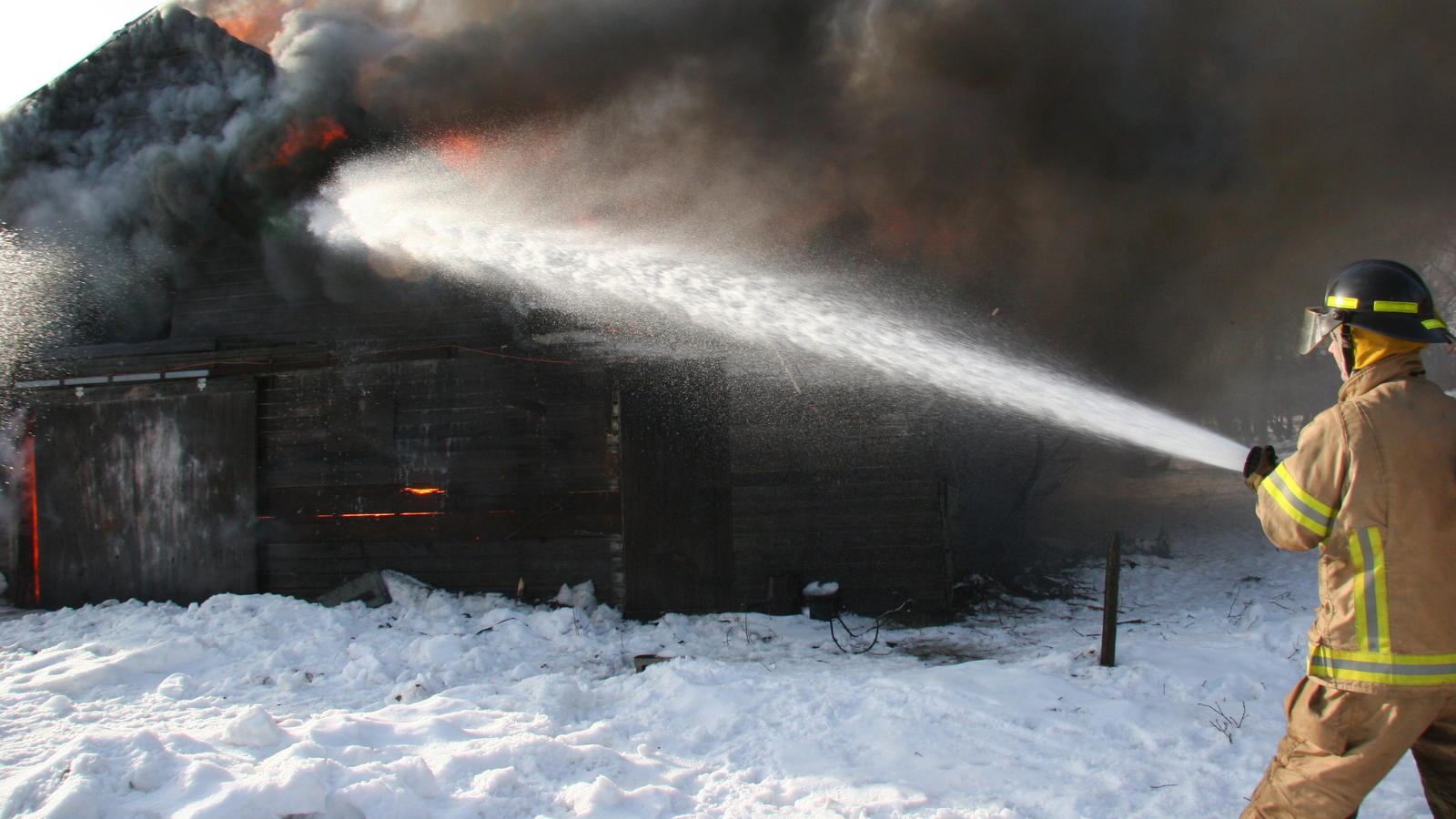A wood stove adds classic charm and energy-efficient heating to any home. However, proper maintenance is essential to prevent home fires and keep it operating safely. By following installation guidelines, scheduling regular inspections, using the right wood, and cleaning properly, you can enjoy the warmth of your wood stove while keeping your home and family safe.
1. Get a Proper Wood Stove Inspection
Before using a newly installed wood stove, have it inspected by a WETT-certified professional (Wood Energy Technology Transfer). This ensures proper installation and compliance with safety codes.
Even if you install the stove yourself, a WETT inspection is crucial before lighting the first fire. Without it, you could void your home insurance coverage if a wood stove-related fire occurs.
2. Burn Seasoned Wood for Maximum Efficiency
The wood you burn directly impacts your stove’s performance and safety. Always use seasoned hardwoods like oak and maple, which burn longer and produce more heat.
- Softwoods like pine and fir ignite quickly, making them ideal for kindling.
- Hardwoods provide steady, long-lasting heat—ideal for maintaining a fire.
- Cut wood 3 to 5 inches shorter than your stove’s firebox to ensure proper burning efficiency.
3. Clean Out Ashes Regularly
A buildup of ash can reduce your stove’s efficiency and increase fire risks. After every use, remove excess ash and store it in a metal container with a secure lid to prevent accidental fires.
4. Maintain Your Chimney and Stovepipe
Creosote buildup in the chimney and stovepipe can lead to dangerous chimney fires. Schedule a professional cleaning at least once a year to remove soot and debris.
- Use a wire brush for thorough cleaning.
- Occasionally, burn a high-powered fire to improve airflow and prevent buildup.
- Avoid chemical cleaners, ropes, or chains—they can damage the stovepipe and reduce efficiency.
5. Follow Proper Fire-Starting Techniques
Starting a fire in a wood stove requires the right technique:
- Don’t overfill the stove—use only three pieces of wood at a time.
- Start with newspaper and dry kindling for an easy ignition.
- Add more wood as needed, but avoid overcrowding the firebox.
6. Check Your Home Insurance Coverage
Even with proper maintenance, accidents can happen. Make sure your home insurance covers wood stove-related fires. Some policies have specific requirements—check your policy details to avoid coverage issues.
To learn more about coverage for your wood stove, contact the experts at Duliban Insurance Brokers at 855.385.4226. Our licensed professionals will be happy to answer any questions you have.
References:
https://www.nationwide.com/lc/resources/home/articles/wood-stove-safety
https://housetipster.com/housetips/1707/wood-burning-stove-tips-and-tricks
https://www.hartmanheating.com/getting-the-most-out-of-your-wood-stove-tips-for-healthy-operation





